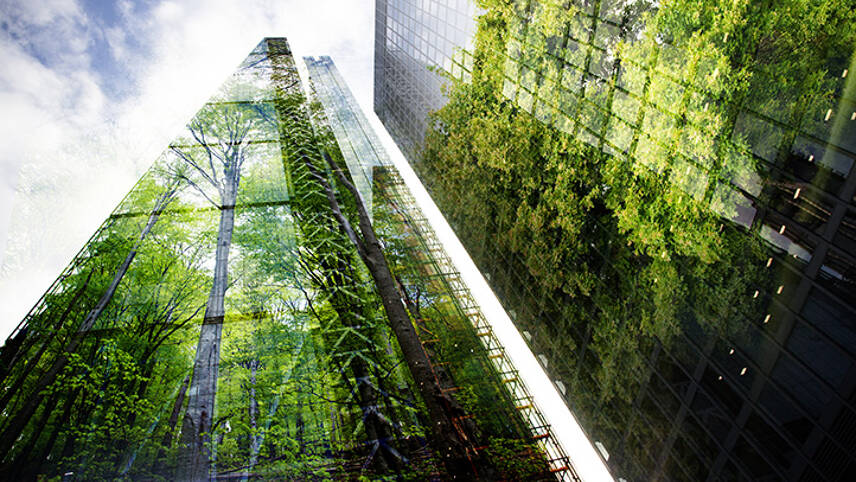Register for free and continue reading
Join our growing army of changemakers and get unlimited access to our premium content

The UK, despite its global standing, ranks among the most nature-depleted nations.
We have seen a growing awareness of social and environmental issues in recent years. The climate issue has often been linked to the energy sector, with the challenge of promoting efficiency and decarbonising the production mix. However, there is also a very strong link between climate change and the preservation of nature.
At CGI, we’ve been pioneering biodiversity preservation and nature-based solutions as central to our own sustainability approach. Nature-Based Solutions are actions to restore, protect, and sustainably manage ecosystems, simultaneously providing benefits for biodiversity, the climate and human well-being. Examples include investment in ocean conservation, reforestation, sustainable agriculture, and the restoration of degraded land.
According to a recent study by the World Economic Forum, about half the world’s GDP depends on nature and its services. That means humankind, communities, and economic activity depend on natural assets such as water and soil. These natural assets are also known as natural capital. Natural capital can be defined as the world’s stock of natural assets. From natural capital, humans derive a wide range of services, often called ecosystem services, which make human life possible. Land, water, food, energy, natural regulation of our climate, and the financial capital each business invests in are all parts of this ecosystem.
What value do we place on nature? If nature disappeared, should it, and does it matter? The challenge is that poorly managed natural capital, like poorly managed financial capital, leads to a decline over time. Unlike financial mismanagement, a decline in natural capital has catastrophic impacts on organisations, communities, and humans, which may take years and significant investments of time and financial capital to remedy.
That is why CGI joined The Taskforce on Nature-related Financial Disclosures (TNFC), an organisation encouraging us to integrate nature into our decision-making. Measuring natural capital takes time, identifying the elements to measure and develop the baseline and continuing to measure and build results. Furthermore, some results may only improve incrementally. Don’t let this deter you from commencing your natural capital journey. New technologies are being developed every day that may make the measurement task more accessible and more robust over time. For example, at CGI, we have used satellites to develop a natural capital report for our offices in a pilot to demonstrate how satellites can be used, providing detailed maps showing and numerically reporting the measurable improvement over time for our BAU nature reporting. We understand that not everyone can use satellites which is why we are also developing a map of water stress regions in our supply chain.
Before starting the natural capital journey, you may want to reflect on why you are considering the natural capital valuation and the contribution to your business and the communities in which you operate. This is not a straightforward road, and third parties may question your measurement methods and results. However, it is incumbent on all of us to include nature in our strategic decision-making – considering natural capital and the benefit it provides. If you’re looking to progress with a natural capital approach, try the following steps: –
- Identify natural resources within your ecosystem and determine material impacts.
- Aim to measure the consumption and value consistently and comparably.
- Develop the strategy for avoidance, reduction and replenishment/regeneration/renewal to restore and improve.
We need to do a better job as business professionals, financial professionals, policymakers and society at large in understanding the fundamental concepts of natural capital so that we can develop frameworks for integrating nature into the decision-making process. As I have described, efforts are already underway to set these standards. The overriding goal should be to ensure future generations continue to benefit, as we do, from the incredible ecosystems of our planet.



Please login or Register to leave a comment.